Why you should leverage Embedded Analytics for your business success
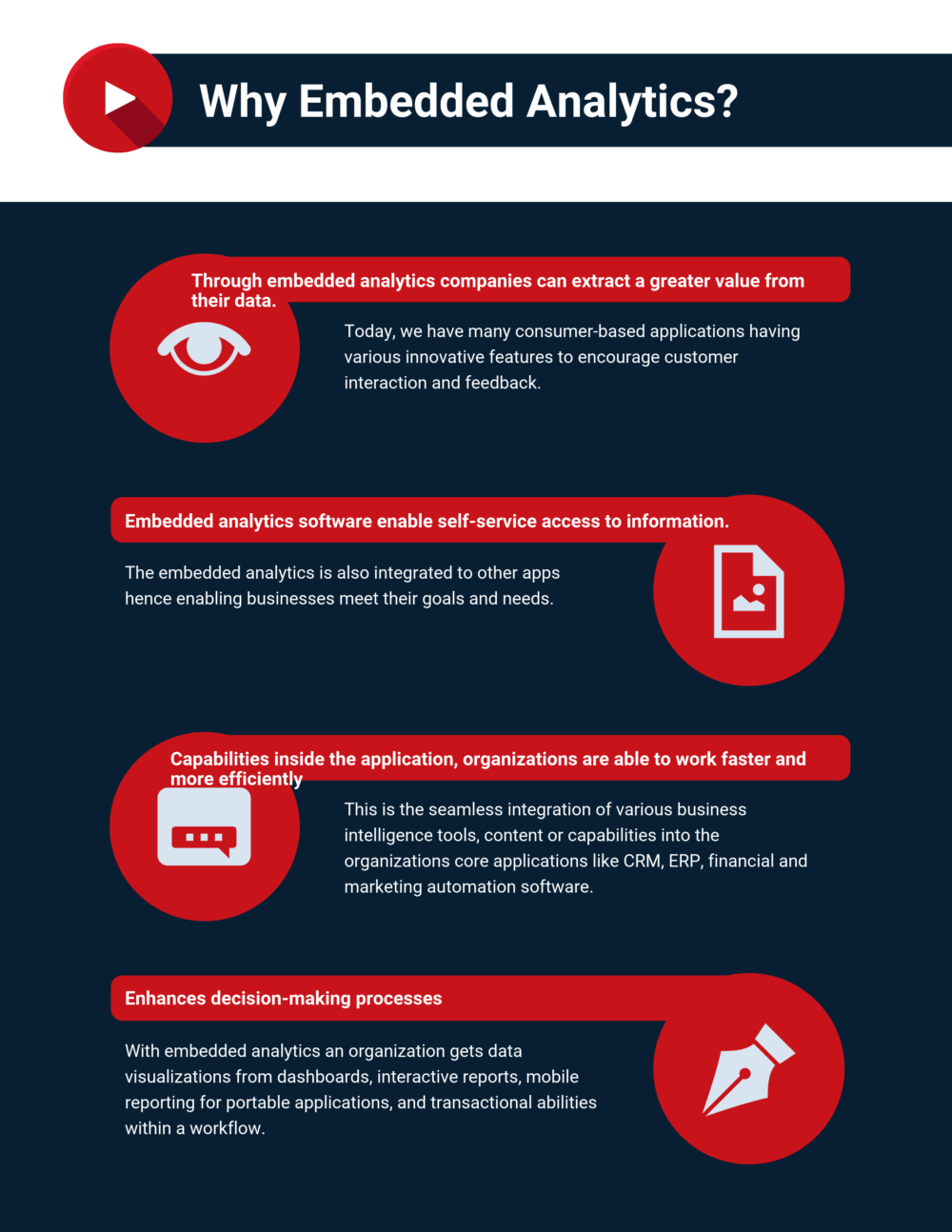
Companies continue investing heavily in data infrastructure, but very few consider acquiring tools that leverage the data for in-depth insights. Through embedded analytics companies can extract a greater value from their data. Traditionally, data handling was mostly a preserve of the IT department, but nowadays we have different organizational departments sharing the same data.
Today, we have many consumer-based applications having various innovative features to encourage customer interaction and feedback.
Embedded analytics software enable self-service access to information. This is done through intuitive dashboards where you have table and charts displays. The embedded analytics is also integrated to other apps hence enabling businesses meet their goals and needs.
As an organization you can choose ready-made apps or go for customization. In the latter case, you will need to find a company that has the expertise for software development. The company should also offer support and training.
You may like to read: How to Select the Best Embedded Business Intelligence Software for Your Business and Top Embedded Analytics Business Intelligence Software
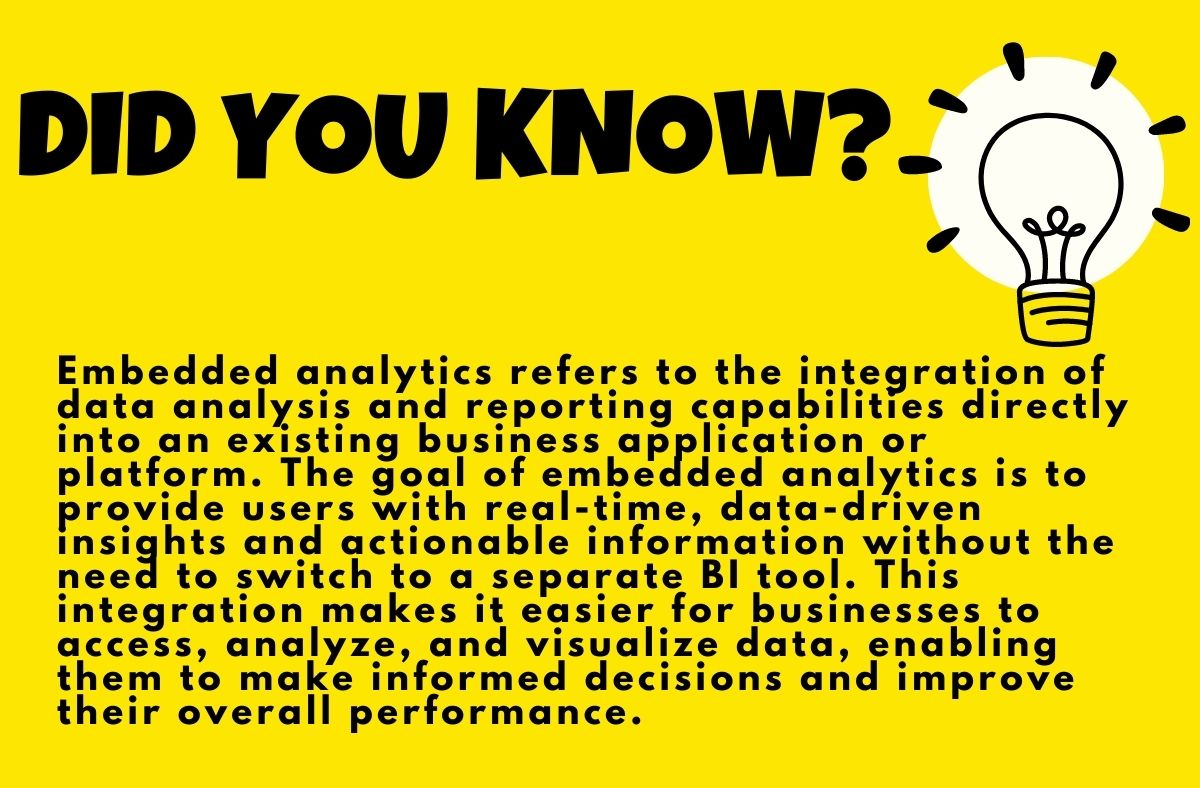
What is Embedded Analytics
What is Embedded Analytics?
This is the seamless integration of various business intelligence tools, content or capabilities into the organizations core applications like CRM, ERP, financial and marketing automation software. Since you now have the capabilities inside the application, organizations are able to work faster and more efficiently.
Embedded analytics refers to the integration of data analysis and reporting capabilities directly into an existing business application or platform. The goal of embedded analytics is to provide users with real-time, data-driven insights and actionable information without the need to switch to a separate BI tool. This integration makes it easier for businesses to access, analyze, and visualize data, enabling them to make informed decisions and improve their overall performance. Embedded analytics can be used across various industries and applications, including customer relationship management (CRM), enterprise resource planning (ERP), and e-commerce platforms, among others. By embedding analytics capabilities directly into existing business applications, organizations can improve decision-making, increase efficiency, and drive business growth.
It also enhances decision-making processes. With embedded analytics an organization gets data visualizations from dashboards, interactive reports, mobile reporting for portable applications, and transactional abilities within a workflow.
Embedded analytics has gained widespread demand from consumers as they try to get the most from their apps. Today, almost all applications are located in cloud. This has led to the availability of the apps to many people. Consumers can now get answers to crucial questions at a touch of a button.
Applications have also gone out of their way to enhance user experience. Now we have applications that are more intuitive with visual report dashboards. There was a time data analytics was the preserve of IT and data gurus, Today you can run numerous data queries without the need to actually learn code.
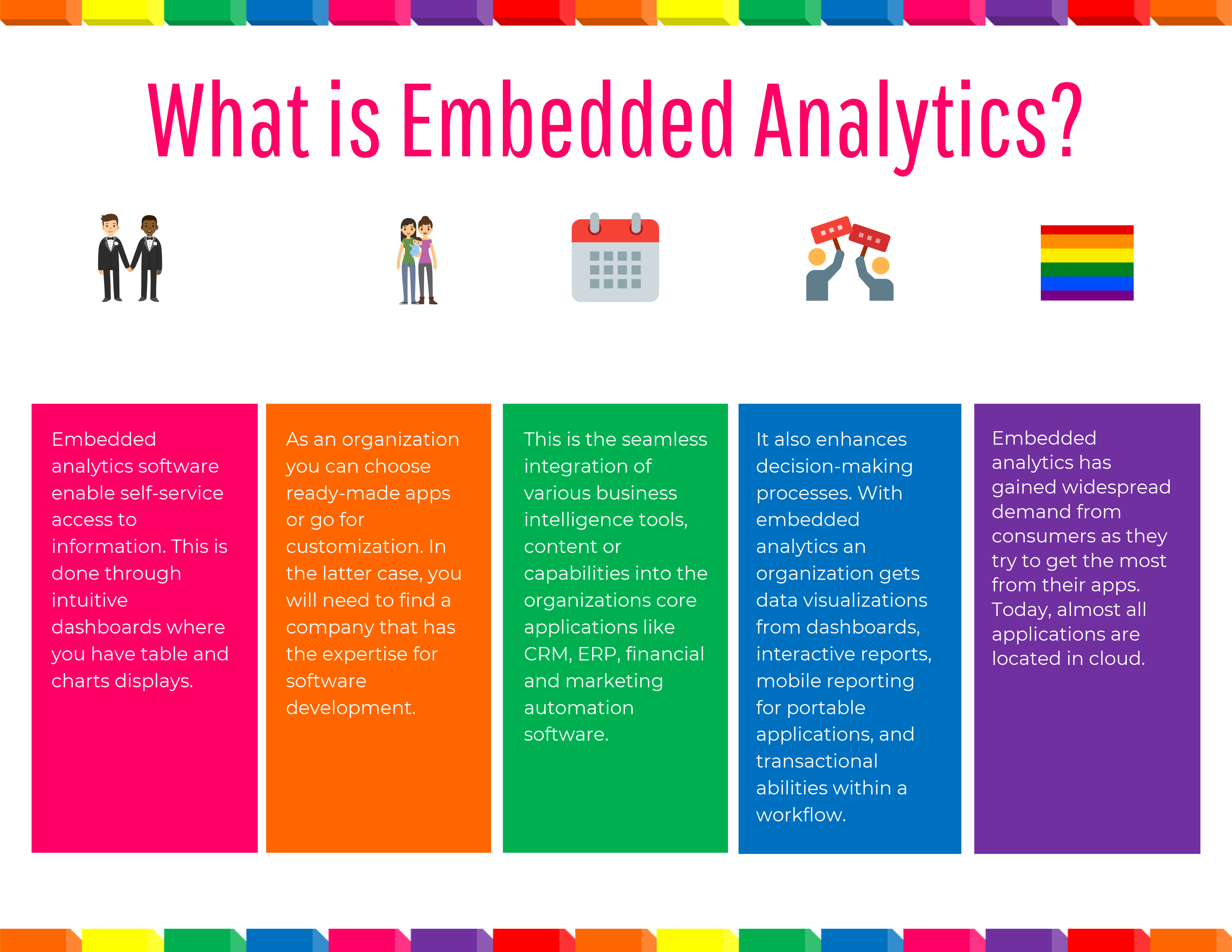
What is Embedded Analytics
At fast glance apps with embedded analytics look like your typical Business Intelligence (BI) tools. But, a closer inspection of the apps will reveal that they are geared towards user experience. Embedded analytic apps come with visual dashboards that help in the dissemination of information. The user get insights in a fast and timely manner. The apps are also compatible for mobile use and this means you can get all the information that you need at the touch of a button.
Many people find it hard to make the distinction between BI and embedded tools. In the former, you have an aggregation of data from a variety of sources. The data is centralized and offers great insights due to superior reporting. Most of the BI tools are used by managerial employees.
You may like to read: How to Select the Best Embedded Business Intelligence Software for Your Business and Top Embedded Analytics Business Intelligence Software
Embedded analytics take this further by having the capabilities integrated in the applications. Some of the software that have leveraged on embedded analytics include ERP and CRM software. The information presented to the user is insightful and helps in fast decision-making processes.
Embedded analytics focuses more on the user experience and this is evidenced by intuitive dashboards and visual reports. Use of embedded analytics has spread to various sectors of the economy like financial, customer service, hospitality among others.
What are the reasons to leverage Embedded Analytics for your business success?
There are several reasons why businesses should leverage embedded analytics for their success. Firstly, embedded analytics enables businesses to make data-driven decisions by providing real-time access to actionable insights and information. Secondly, it provides a seamless user experience by integrating data analysis and reporting capabilities directly into existing business applications and platforms, reducing the need to switch between multiple tools. Thirdly, it improves efficiency by automating routine tasks and providing quick and easy access to data-driven insights. Fourthly, it drives business growth by enabling businesses to monitor key metrics, identify trends and patterns, and make informed decisions to drive growth. Fifthly, embedded analytics provides a competitive advantage by allowing businesses to stay ahead of the competition and succeed in today's fast-paced business environment. By leveraging embedded analytics, businesses can improve their performance, drive growth, and achieve long-term success.
1. Increased Revenue
There is an increase in consumers purchasing applications supporting embedded analytics. For software providers this provides them with new income streams. Organizations that leverage on the embedded analytics also benefit immensely as they experience higher ROEs to industry average.
With the software you can offer product differentiation to your customers hence enabling to earn higher from premium customers. Customers are also willing to go with the company’s products due to the ease of use of the application. They also get to enjoy more customer interaction, which plays a role in company profitability.
2. Internal operational efficiencies
Embedded analytics will eliminate duplication of resources as the company becomes more efficient. Automated reports reduce the time the IT department will have spent pouring into data and creating customized reports from scratch. Human resource can then be moved to other areas of the company hence boosting productivity.
Marketing teams can use the reports to generate sales leads hence boosting the company’s revenue. For a company to benefit from embedded analytics they need to focus more on user experience. This means the application should be easy to use, have intuitive dashboards and visual reports that are easy to understand.
The app should also lead to a reduction of clicks just to access certain information. To get a software that boosts operational efficiencies, one needs to identify the analytical challenges that app is supposed to fix. The data visualizations should not be created in such a way that it overwhelms the user.
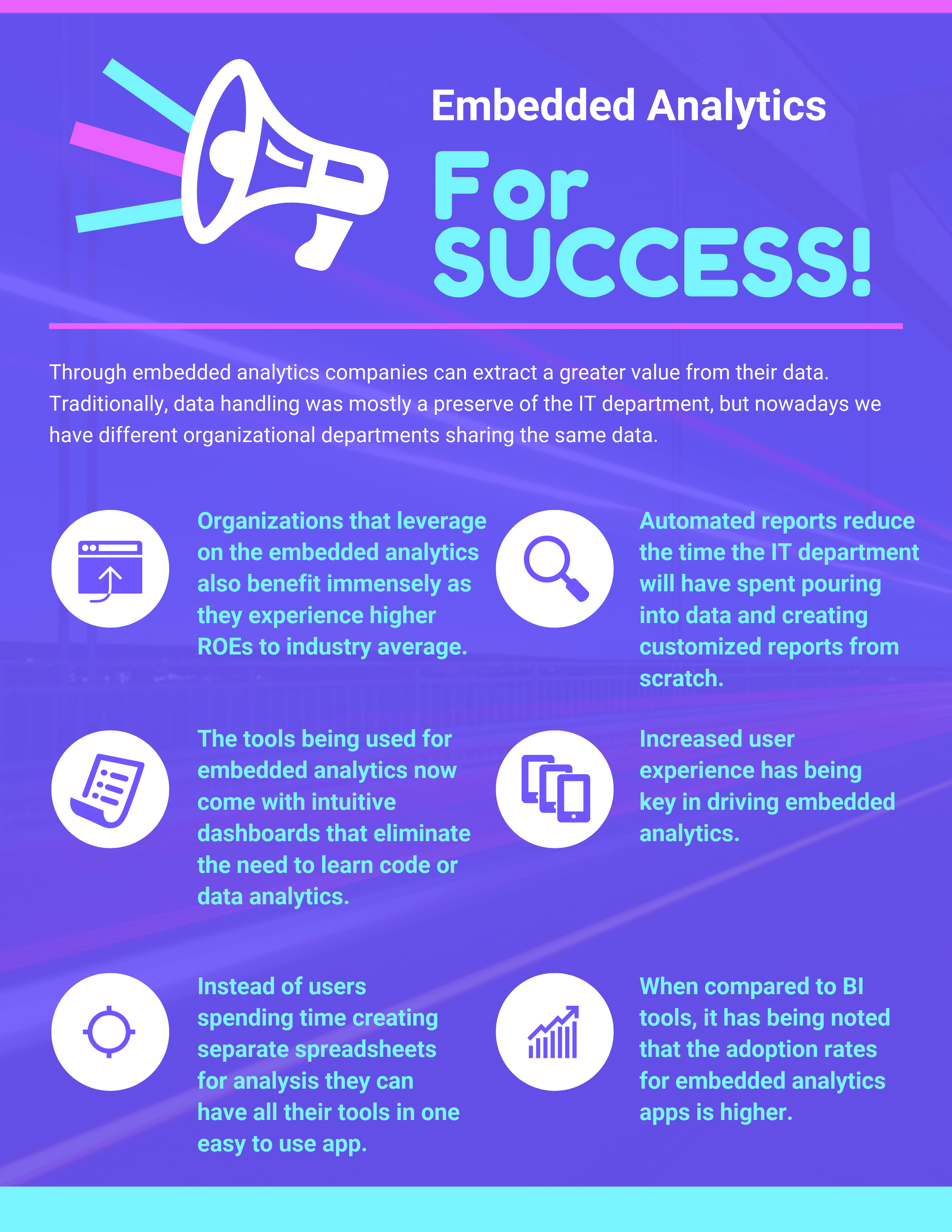
What are the reasons to leverage Embedded Analytics for your business success
3. Faster delivery of information and insights
Before the invention of embedded analytics, information was fragmented. You will have different apps supplying historical trends another offering you transactional data and the last one being used for predictive data sets. With embedded analytics, you have all these information being available in one easy to use app. When information is centralized, you get faster decision-making processes and deeper insights.
The tools being used for embedded analytics now come with intuitive dashboards that eliminate the need to learn code or data analytics. Users also enjoy time savings as they do not need to launch two separate apps for charts and KPI metrics.
The analytics apps have also moved to cloud and this allows users to be constantly updated through their mobile phones. One of the key drivers in embedded analytics software is the leveraging of Artificial Intelligence (AI). With the technology users are able to stay ahead in terms on predictive analysis. They can view consumer trends and come up with solutions to bridge the gap. AI has contributed to making embedded analytics apps faster, simpler and more efficient.
4. Improves user experience
Increased user experience has being key in driving embedded analytics. Companies have being able to leverage on data to create unique customer experiences. Companies like Netflix have leveraged on embedded analytics in content creation and targeted viewership.
This has led to an increase in products offered and subscriber segmentations. Enhanced customer experiences will lead to increase in revenue as products have a preference to your products as opposed to those of competitors. Embedded analytics determines the kind of information being presented to users.
Access to visual charts and graphs helps users make decisions fast. Users can also navigate from one report to another through links and make conclusions from the information gathered
5. Increased app value
It is estimated that having embedded analytics helps to boost the value of an application. This value can be attributed to enhanced productivity and speed in decision-making processes.
Instead of users spending time creating separate spreadsheets for analysis they can have all their tools in one easy to use app. Users are also reported to spend more with an app that has embedded analytics as it unlocks more value for them. What differentiates embedded analytics apps from BI software is that is moves further from data within silos to visual data analysis and interactive reports.
Users also experience self-service analytics and they can query the data as they deem fit. They can also upload external data and use it for benchmarking their performance. Users can also access data on the move as the apps are customized for mobile use.
6. Enhanced adoption rates
When compared to BI tools, it has being noted that the adoption rates for embedded analytics apps is higher. Part of the reason for this is the easy access to information and having intuitive dashboards. If as a company you have been experiencing challenges in software adoption then you need to consider including embedded analytics.
Part of the high adoption rates for embedded analytics is the fact that users are more digitally informed as opposed to the past. There was a time when the only source of information was the library. The internet has opened this space leading to users demanding access to information. With cloud based applications and the availability of smartphones, all this information is available at a click of a button. This availability of reports helps in fast decision making processes.
You may like to read: How to Select the Best Embedded Business Intelligence Software for Your Business and Top Embedded Analytics Business Intelligence Software
Conclusion
The future of embedded analytics is very optimistic. It will be almost impossible for companies to maintain a competitive edge without having apps that have embedded analytics. Recent developments in AI will lead to more powerful applications that are geared towards predictive analysis. Instead of users wasting time on gaining insight through two applications, everything will be easily available on one app.
Consumers are the ones driving the need for embedded analytics apps. This is due to their desire for self-service analytics where they can make key decisions through various data reports. Visualization of reports has eliminated the need for users to learn code or data analytics.
The embedded analytics apps are also coming with user-friendly dashboards that enhance the user experience. Embedded analytics software often resembles BI tools but they stand out due to the unique user-experience. Capabilities and functionality is embedded into the application.
You may like to read: How to Select the Best Embedded Business Intelligence Software for Your Business and Top Embedded Analytics Business Intelligence Software
What is Embedded Analytics?
Embedded Analytics is a seamless integration of various business intelligence tools, content or capabilities into the organizations core applications like CRM, ERP, financial and marketing automation software. Since you now have the capabilities inside the application, organizations are able to work faster and more efficiently.
Why you need to leverage Embedded Analytics?
Embedded Analytics helps to increased revenue, internal operational efficiencies, faster delivery of information and insights, improves user experience, increased app value, and enhanced adoption rates.

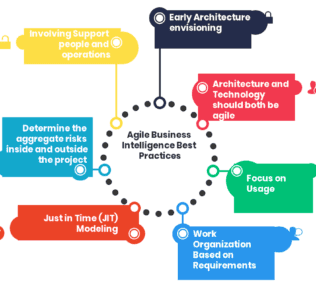

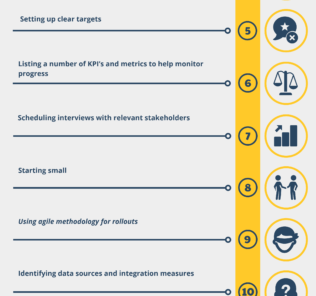
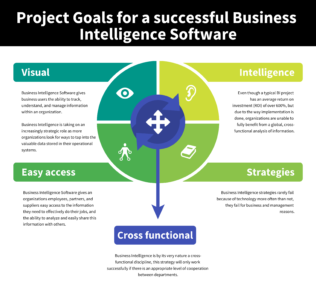
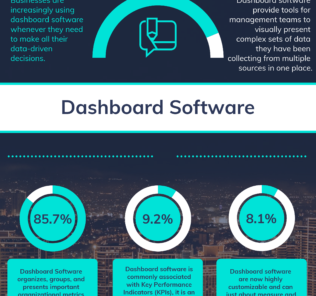
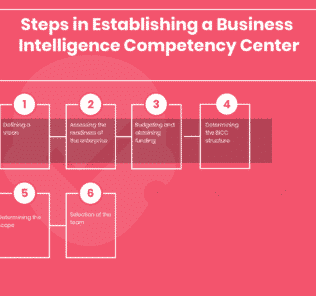




By clicking Sign In with Social Media, you agree to let PAT RESEARCH store, use and/or disclose your Social Media profile and email address in accordance with the PAT RESEARCH Privacy Policy and agree to the Terms of Use.